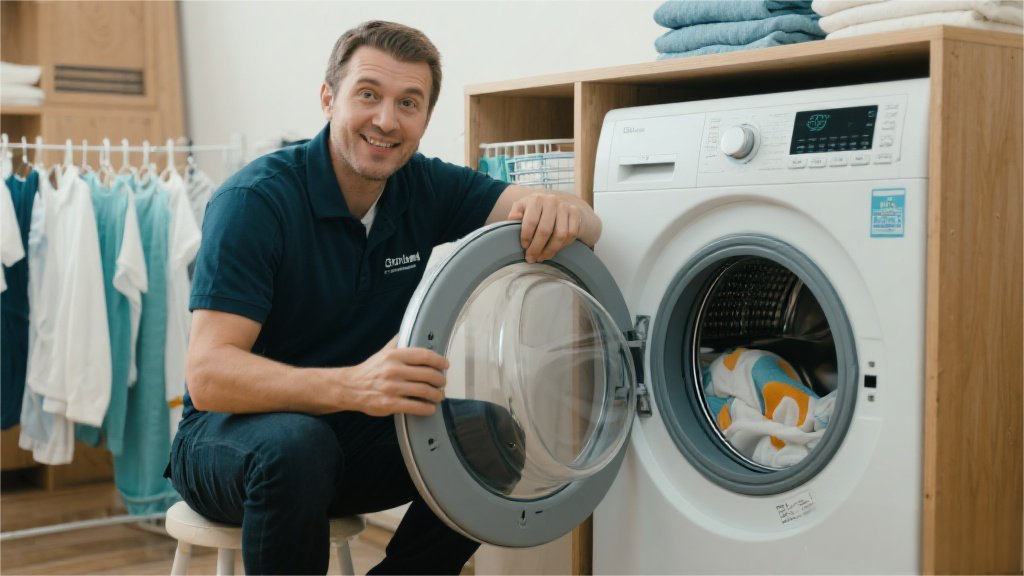Sleep training is one of those parenting topics that can spark heated debates at baby showers or in mommy groups. But here's the deal: when done thoughtfully, it's simply about helping babies (and exhausted parents) get the rest they desperately need. Contrary to popular myths, sleep training isn't about abandoning your crying infant—it's about teaching them healthy sleep habits during a crucial developmental window, typically starting around 4-6 months when their circadian rhythms begin to mature.
The Science Behind Baby Sleep Patterns
Newborns operate on a round-the-clock feeding schedule, but around the 4-month mark, their brains start producing melatonin and developing sleep cycles more similar to adults. This biological shift creates the perfect opportunity to introduce structure. Research from the American Academy of Pediatrics shows that consistent bedtime routines improve sleep duration by up to two hours per night. The key is working with your baby's natural biology rather than against it—think of sleep training as helping them decode their own internal clock.
Gentle Methods Beyond Cry-It-Out
For parents who get queasy at the thought of CIO (and let's be real, that's most of us), the chair method offers a compassionate alternative. Start by sitting next to the crib while patting baby to sleep, then gradually move your chair farther away each night until you're out the door. Another crowd-pleaser is the "pick up, put down" technique where you comfort baby immediately when they cry, but consistently return them to the crib drowsy but awake. These approaches might take longer—think 3-4 weeks—but they build trust while establishing boundaries.
Timing Is Everything
Ever noticed how an overtired baby fights sleep harder than a toddler refuses vegetables? That's because missed sleep windows cause cortisol spikes, making dozing off even tougher. Watch for subtle cues like eye rubbing or decreased activity—these signal the 20-minute "golden window" for easier sleep initiation. Sleep consultant Lauren Wolf recommends starting bedtime routines 30 minutes earlier than you think necessary. "Parents are often shocked when moving bedtime up by half an hour results in an extra two hours of sleep," she notes.
Creating a Sleep-Inducing Environment
Transform the nursery into a sleep sanctuary with blackout curtains (no streetlight peeking through), a steady 68-72°F temperature, and white noise mimicking womb sounds. The American Academy of Sleep Medicine emphasizes darkness as crucial for melatonin production. Pro tip: Use red nightlights if needed—this wavelength doesn't disrupt sleep hormones like blue light from phones or monitors. Swaddling works wonders for younger babies, while sleep sacks prevent chilly wake-ups for older infants.
Navigating the 4-Month Sleep Regression
Just when you think you've got a routine down, bam—the dreaded 4-month sleep regression hits like a ton of sleep-deprived bricks. This developmental milestone actually signals positive brain growth as sleep cycles mature. Ride it out by sticking to your routine even when it feels pointless. Pediatrician Dr. Vyas suggests offering extra comfort during this phase without creating new dependencies: "A quick pat or shush is fine, but avoid reintroducing midnight snacks or rocking if those habits were previously phased out."
Customizing Approaches for Different Temperaments
Spirited babies might need more active wind-down time (think baby massage or rhythmic rocking), while sensitive types often respond best to gradual changes. For persistent night owls, try the "15-minute method"—shift bedtime earlier by 15 minutes every third night until reaching the ideal hour. Sleep consultant Lolo Lullaby shares, "We had one family whose baby wouldn't sleep before midnight until we discovered he needed his last nap capped at 4:30 pm. Tiny tweaks make huge differences."
When to Call in Reinforcements
If after 4-6 weeks of consistent effort there's minimal progress, consider consulting a pediatric sleep specialist. Red flags include frequent night wakings past 9 months or daytime sleepiness affecting development. Sometimes underlying issues like reflux, allergies, or sleep apnea masquerade as routine sleep problems. As Wolf reminds clients, "There's no trophy for suffering through exhaustion alone—getting help is parenting wisdom, not failure."
Remember that sleep training isn't about perfection—it's about progress. Some nights will feel like two steps forward, one step back, especially during growth spurts or teething. What matters is creating flexible consistency that works for your unique family. Those bleary-eyed 3 AM moments won't last forever, and soon enough, you'll be the parent smugly bragging about your champion sleeper at playgrounds (until the next regression hits, anyway).
























